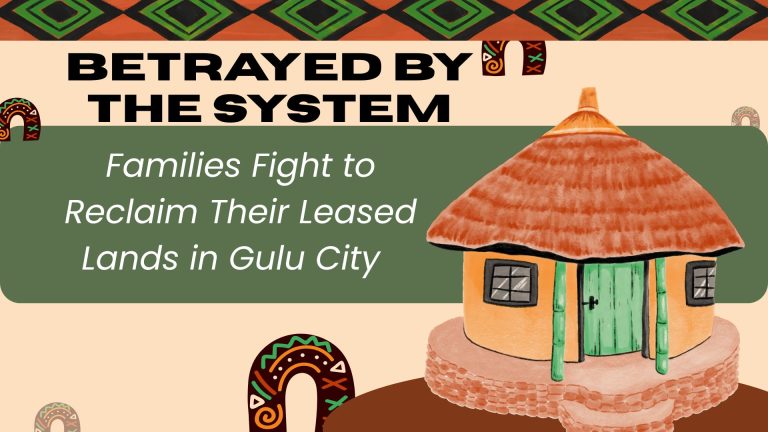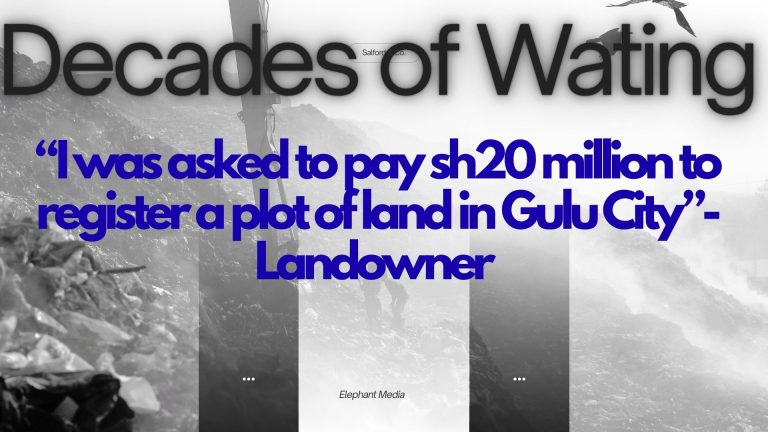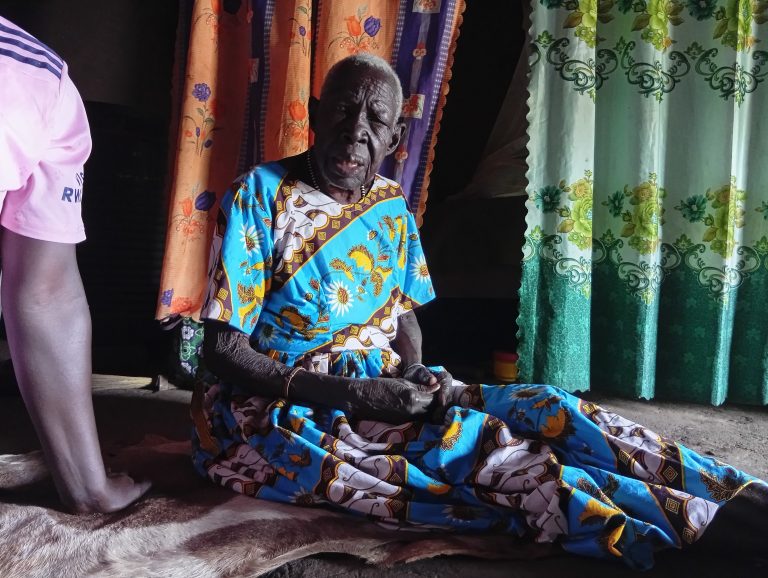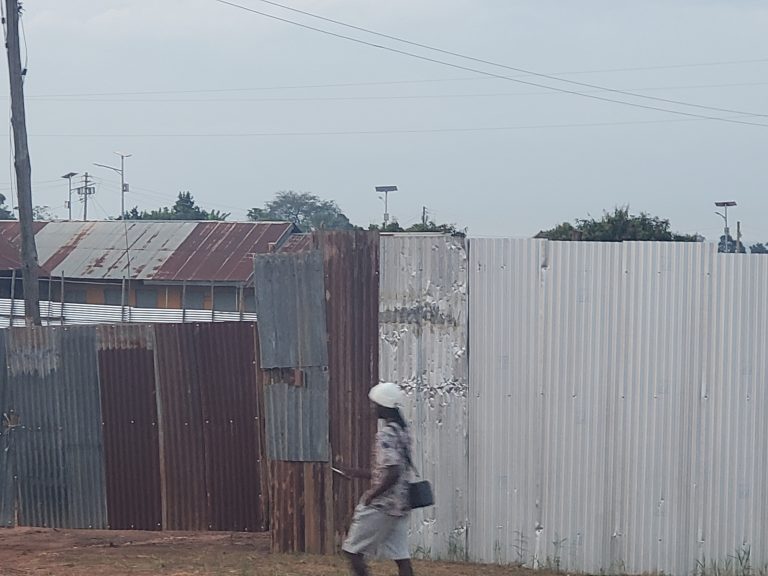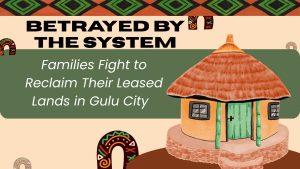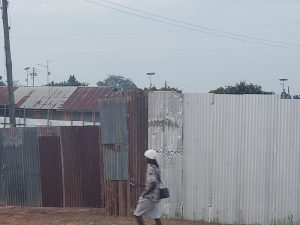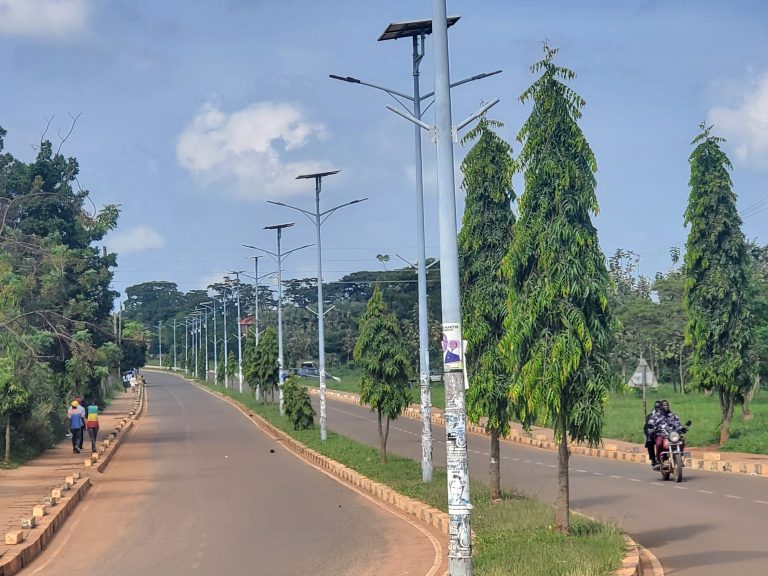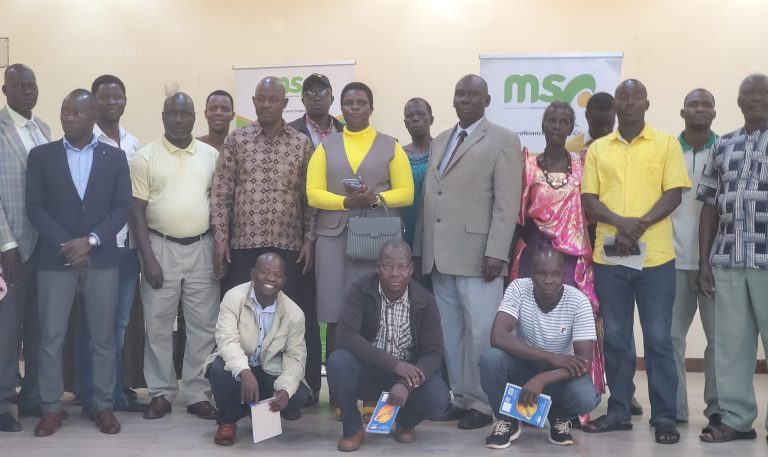By Chowoo Willy | Gulu City
Gulu City is lighting up, literally, thanks to an ambitious solar street lighting program that city authorities say is transforming urban life, powering nighttime business, and fostering a 24-hour economy.
Presenting the city’s four-year performance report, Eng. Omara Christopher Balmoi, the Gulu City Engineer, revealed that the number of solar streetlights has increased by 52.7%, from 1,145 to 2,261 lights across the city. This means the city has installed 1,116 new solar streetlights in those years.
“The presence of solar streetlights has enabled a 24-hour economy in Gulu. Today, traders operate safely into the night, transport services have improved, and the city is more secure,” Eng. Balmoi said.
A statistic from the Uganda Bureau of Statistics (UBOS, 2024) indicates that Gulu City’s day population is 323,888, comprising 91,165 visitors and 232,723 residents.
For roadside traders, however, the solar lights have been a blessing. Rukunda Shiella, a vegetable vendor along Kampala highway, said the lights have extended her business hours and boosted her income
“Before the light, I used to close by 7 p.m. because it was dark and unsafe. Now I can sell up to midnight and sometimes throughout the night. My business has really grown,” Sheila said with a smile.
Eng. Balmoi attributed the steady progress to the city’s adoption of modern lithium-ion battery technology, replacing the old system that relied on batteries with a lifespan of only three years.
“Initially, the old batteries were buried underground and could hardly last beyond three years. But with the new lithium-ion batteries, we expect a lifespan of up to 15 years,” he explained.

According to Balmoi, Gulu’s shift to solar lighting is not only reducing dependence on the national grid but also lowering maintenance costs and improving sustainability.
Vandalism setback
The city has been grappling with numerous vandalism issues, particularly along Walter Opwonya Road in the Bardege-Layibi city division, which is the most affected area. There have been incidents of lamp posts being damaged, with solar lights, batteries, and panels stolen. Some lamp posts are also struck by speeding vehicles at night.
Eng Balmoi notes that with the efforts of the police, they have been able to arrest such people, with eight individuals are currently serving jail sentences for vandalising or stealing solar panels and batteries, warning that such acts deprive citizens of safety and convenience at night
Despite facing setbacks such as vandalism and limited local revenue, the city has consistently carried out annual repairs. In the last financial year alone, 110 solar streetlights were repaired, restoring lighting on major routes from Takataka Plaza through Gulu University to the church and parts of the eastern main road.
“We planned to extend the repairs up to the regional police station, but due to insufficient local revenue, we stopped at a local nightclub. If we collect enough revenue, we will light up the entire stretch,” Balmoi noted.
Gulu City Council has collected only sh15.6 billion as local revenues over the last four financial years. And part of this money is meant to repair the rapidly collapsing solar streetlights.
Gulu City (formerly Gulu Municipality) started installing 2000 solar-powered streetlights in 2019 on most of the upgraded roads, having received support of sh3.2 billion from the USMID Project for the solar installation project.
The solar streetlights were installed to improve urban service delivery, enhance security, and improve safety for drivers, riders, and pedestrians, especially at night.
The cases of malfunctioning solar streetlights started in 2021 in most of the city roads that benefited from the USMID project, which includes, among others, Ring Rd, Walter Opwonya Rd, Odur min Odyek, Cemetery Rd, Acholi lane, Lumumba Avenue, Andrea Olal Rd, and Kampala Rd.
In the financial year 2021/2022, the council, through funding from the Uganda Road Fund of sh1.5 billion, started repairing the solar streetlights
According to the city engineer, in every financial year over the last 4 years, they were able to repair more than 40 solar-powered streetlights. This means the city has been able to repair atleast 210 out of 450 that needed repair. The number could be more, as each year, more solar streetlights need repair.
Balmoi emphasized community ownership and vigilance in protecting the infrastructure, calling on residents to support the city’s efforts.
“Our safety and development depend on these lights. Let’s all be custodians of this public property,” he appealed.
Kilam Sam, a resident of Kanyagoga ward in Bardege-Layibi city division, a ward that has just recently received solar-powered street lights along Opiyo Vincent Road and Oola-Lubaro Road, appeals to the city to extend solar street lights to most of the black spots in the division.
“Business was booming and was benefiting those returning from work at late hours, but most times when one solar street light is spoiled, it takes a long time for the city authority to repair it, not until it becomes massive,” he notes.
Kilama admitted the solar streetlights have been helpful to reduce insecurity in the city, but every time they disappear, the insecurity resurfaces.
What next!
As Gulu City continues to expand its solar infrastructure, local leaders believe the investment is paying off, creating safer streets, supporting small businesses, and positioning the city as a model for sustainable urban development in Northern Uganda.
Gulu City Mayor, Okwong Alfred, recently said the city has done its best to maintain solar street lights compared to what they had in place before they took office.
While many residents have welcomed the city’s lighting transformation, others say some roads remain in darkness, like Gulu Ave, Sir Samuel Baker Road, among others, posing security concerns.
Oola Bernard, a boda boda rider operating around Layibi, said the project has made some areas safer, but others are still risky at night.
“The lights have really helped, but not all roads are covered. Some routes, like the ones near the industrial area, remain in darkness. We fear riding there late at night because of robbers,” Oola said.
The council is optimistic that increased tax compliance among traders will boost revenue, enabling the maintenance and installation of solar streetlights along its planned 482 kilometers of roads.


